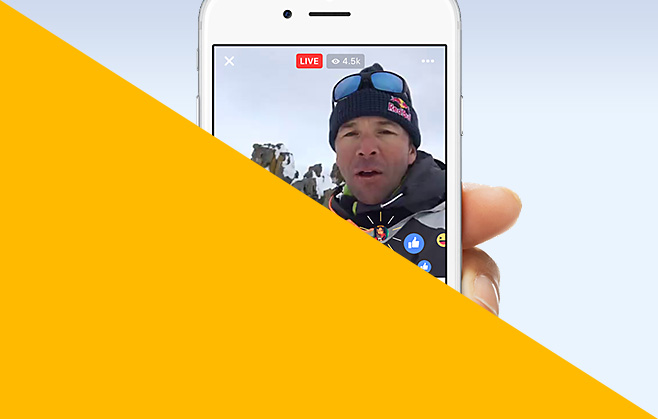
Social media platforms get serious about video
Social media has rapidly become video-orientated. In the process, marketers and content creators have more options than ever before to choose which outlets to focus their efforts on. So which are they turning to, and why?
When it comes to video, Facebook is putting other social media platforms in the shade, because it is the only platform now (aside from YouTube), to offer in-built analytics. This means it has business appeal- brands are able to see exactly how their efforts are paying off, which is not as clear-cut on Snapchat, Instagram or Vine. And just last week, Facebook announced its new analytics tools strictly for video, which will provide insight into audience demographics, the source of each video view, and live-video analysis for gauging sentiment. Additionally, the platform has just revealed a new “guide” feature for its 360 degree videos, which will allow creators to see audience statistics surrounding these. Included in this is also a tool called Heatmap, which will be available to videos which have received over 50,000 views. This will show exactly which parts of the videos have been viewed and interacted with the most.
While this is just the latest evolution in Facebook’s performance tools, it was only two months ago that Snapchat for instance announced it would soon be enabling its own in-app analytics. Back in June, the company revealed it would be partnering with Moat, an Analytics service that delivers measurement and Attention Analytics to marketers and publishers. This would allow advertisers to see video metrics which Snapchat has labelled “Human and Viewable” and “Human, Viewable, and Audible” for all video ad impressions. Instagram also currently doesn’t have any in-app analytics tools of its own- brands instead rely on platforms such as Quintly or Simply Measured, both which offer paid price plans for more in-depth reporting. Only recent is its decision to offer its own tool, “Insights”, which will enable users to track common metrics such as reach, impressions and audience demographics. In addition, Instagram will also be adding the option for brands to switch to a Business profile, complete with specific metrics such as number of website clicks. But it’s clear these developments are very much in their infancy, especially in comparison to Facebook’s.
This might explain the reason for Vine’s decline in recent years too. Once the darling of the video world, the app has fallen victim to the popularity in video not only on Facebook, Snapchat and Instagram, but the likes of Periscope too. What was once a niche platform for video creators, has seen its biggest influencers turn their attention to other platforms. A major factor in this though, was Facebook’s proposition to a selection of top Vine stars, who over the past couple of months have been offered monetary incentives to use Facebook Live instead. And when it comes to marketers, without influencers and stable content, Vine has become less attractive. This coupled with the fact that analytics are not available in-app, nor are there plans to launch such tools, has understandably left marketers keen to explore other avenues. According to its site, Vine receives 1.5 billion video loops each day (although this is the latest figure to be given since 2015). To put this in perspective, Snapchat receives 10 billion video views daily, and we’re sure this number is only set to rise.
Do you create or interact with video content regularly? Do you think video is the future of social media? We’d love to hear your thoughts, so please tweet to us @PracticeDigital and share your comments on our Facebook page.




